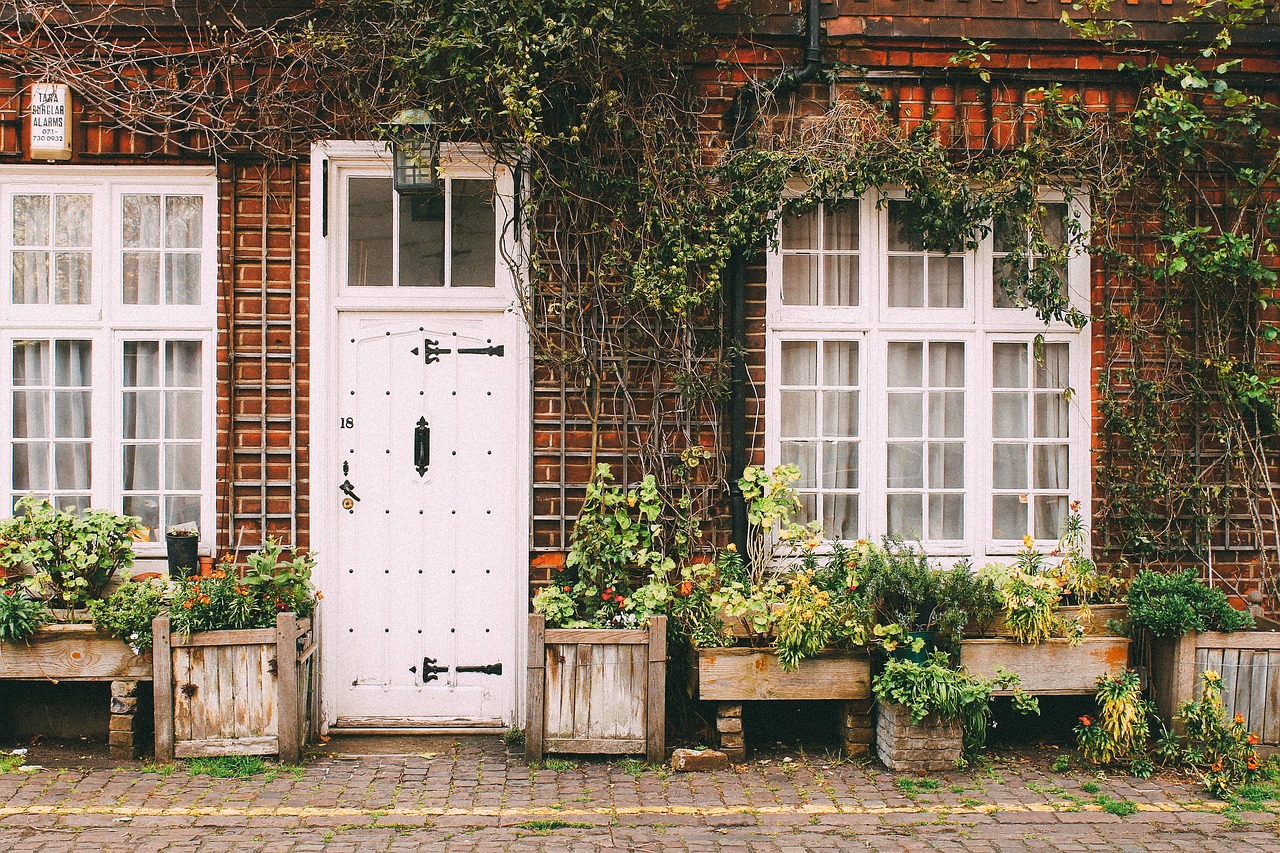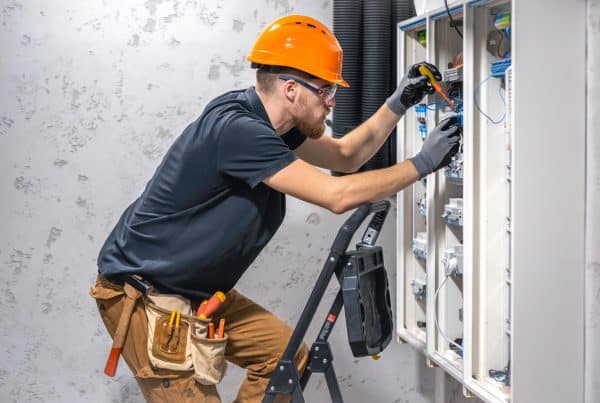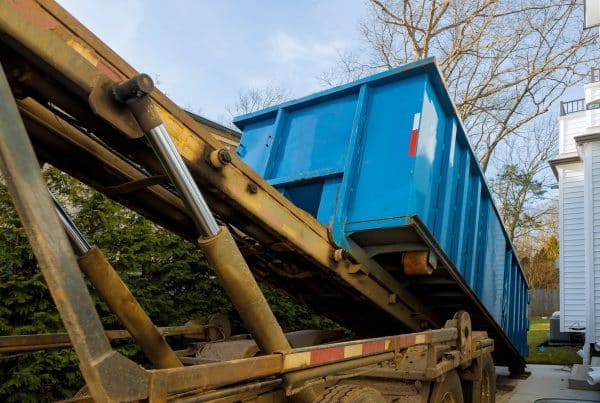Doors today can be made from several different materials, and they come in a wide range of style options. While having more options is always better than having none, it can still get a little confusing when you are spoilt for choice. Therefore, having prior knowledge about the pros and cons of the different doors that are available today can go a long way towards helping you make an informed choice. In this post, we will focus on the suitability of the three main material types that are used to make doors. Let’s get started with a closer look at wood doors first.
Wood Doors
Wood was one of the first materials in human history that was used to construct doors, and it continues to be one of the most popular manufacturing materials for doors even today. Depending on the kind of wood you are using and how it has been treated, wood can be used as the material of choice for both interior and exterior doors.
Let’s discuss some of the best woods that are used for building interior and exterior doors next.
Poplar
Poplar is a cheap but decent option for interior doors, and it comes in a wide range of colour options. You can also paint over unpainted poplar with ease, as the wood grain on poplar is too mild to hinder it. Just don’t expect it to have that characteristic, classic wood stain, complete with prominent grains. Poplar is also not the most durable or strong wood out there, which means it may not last very long, even with maintenance.
Pine
Pine, on the other hand, is more expensive than poplar, but the softwood also looks better and lasts longer than poplar. Pine doors carry beautiful grains with close knots, and they work great with stains in lighter shades. While there are better, stronger, and more expensive woods like African cherrywood and mahogany to choose from, you may not need all your interior doors to be very strong or expensive if they are durable and beautiful.
Cumaru
For external doors, strength and durability should take precedence. Brazilian teak trees (cumaru) are extremely strong, heavy, weather resistant, and pest resistant by nature, making the South American teakwood the best option out there for external doors. Cumaru is very expensive and difficult to source, which is why it may not be an option for a lot of people.
White Oak
Although not as strong as cumaru, white oak is a more practical option in terms of pricing and availability. White oakwood doors do not sacrifice on quality or variability either. Beautiful grains, multiple shades, high strength, high water resistance, and moderate pest resistance make white oak the most balanced and arguably the best available hardwood for exterior doors in the UK.
uPVC Doors
Unplasticized polyvinyl chloride (uPVC) has some significant advantages over wood as a material for door construction. Despite being considerably cheaper than wood doors in general, uPVC doors will outlast most of them. While some of the most expensive woods are more resistant to pests, parasites, and water damage than others, uPVC doors are completely immune to all of it.
As an artificial, inorganic material, uPVC does not get attacked by pests, diseases, or parasites, while the material is also completely impervious to water damage. Some of the long-lasting woods that are several times more expensive than uPVC still require regular maintenance to last for as long as they do. In comparison, uPVC doors last indefinitely without any need for regular maintenance efforts and expenses.
It’s not just about longevity and affordability either, because the doors are also unmatched when it comes to colour and style options. As mentioned, people can buy them in any choice of colour and design that they want to, or they can have the doors custom made to better fit the surrounding décor. Since uPVC as a material is easier to shape and mould than wood or metal, the variety and versatility in the construction of uPVC doors is tremendous.
To summarise, uPVC is more versatile, economic, durable, and stylish than most of the other door materials. This is largely owed to the fact that uPVC remains almost completely unaffected for a very long time, even when exposed to the wet and cold Irish weather. To know more about the interior and exterior uPVC doors best suited for Irish homes, pay a visit to this site: https://thehomedesigngroup.co.uk/pvc-doors-belfast/.
Metal Doors
Alloy steel and aluminium are the two main metals that are used to construct doors. It should be noted that barring special instalments, such as an internal safety door, metal doors are almost exclusively used to guard entrances. Aluminium is cheaper, and it offers more versatility in style, while stainless steel offers considerably better protection at a higher cost.
Reinforced stainless-steel doors do cost a lot more than aluminium doors, but the former is a better investment than the latter in nearly every possible way. Aluminium as a soft metal and it rusts easily, even as an alloy. If you must choose metal exterior doors, chances are that protection is a priority for you. In that case, go for stainless steel because no other door material can provide better protection.
Compared to aluminium, there are hardwoods that are significantly stronger and more durable. uPVC, on the other hand, can be thickened to manufacture exterior doors capable of providing better protection than aluminium doors, as well as lasting a lot longer. On top of that, uPVC exterior doors are also cheaper than their aluminium counterparts. Therefore, there is very little case to be made here in favour of aluminium over uPVC, wood, or steel.
Last but not least, there is a more aesthetic alternative to stainless steel doors. A wood or uPVC door with a stainless-steel middle part that attaches and locks with a stainless-steel door frame is an excellent option for main doors. The design matches security with style seamlessly, even though the cost of the setup could be on the higher end.








